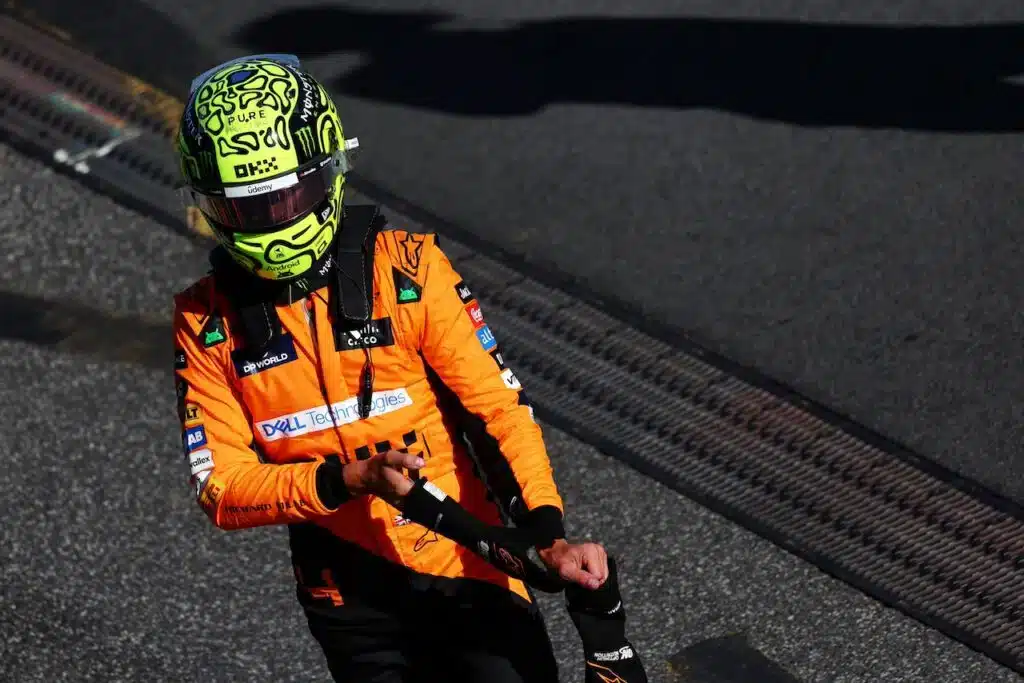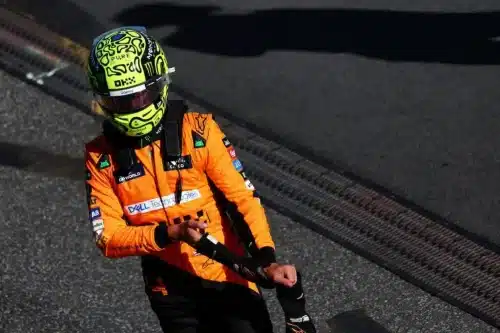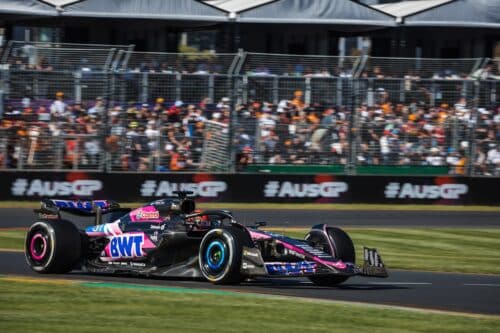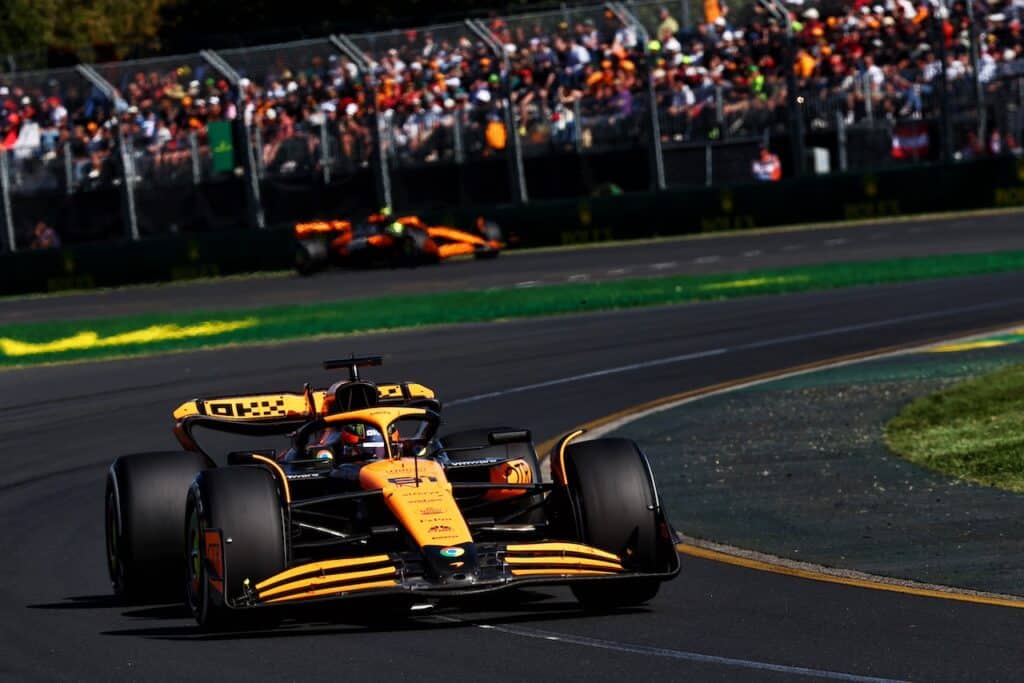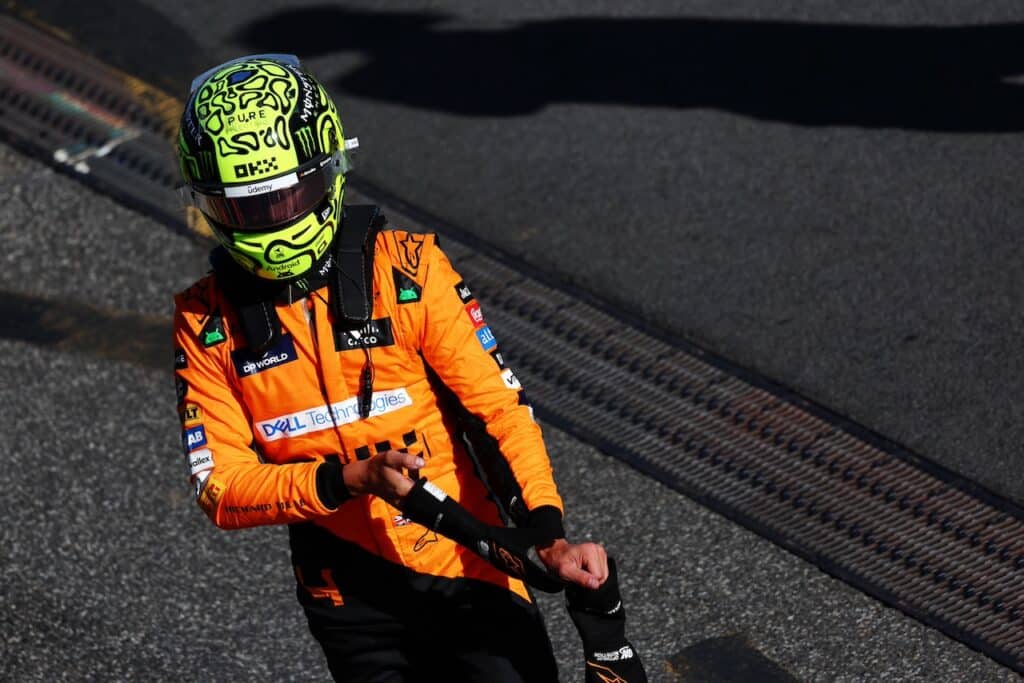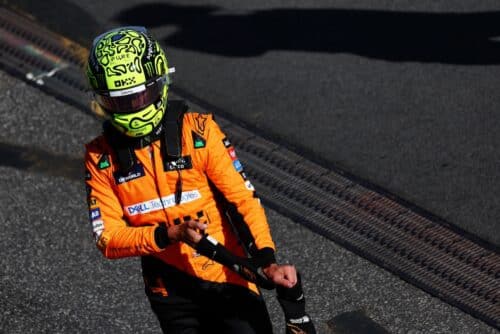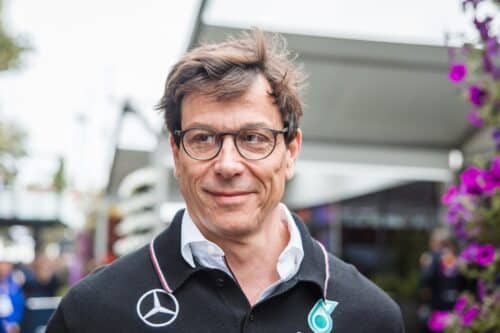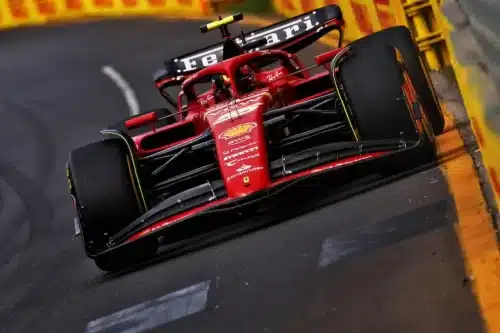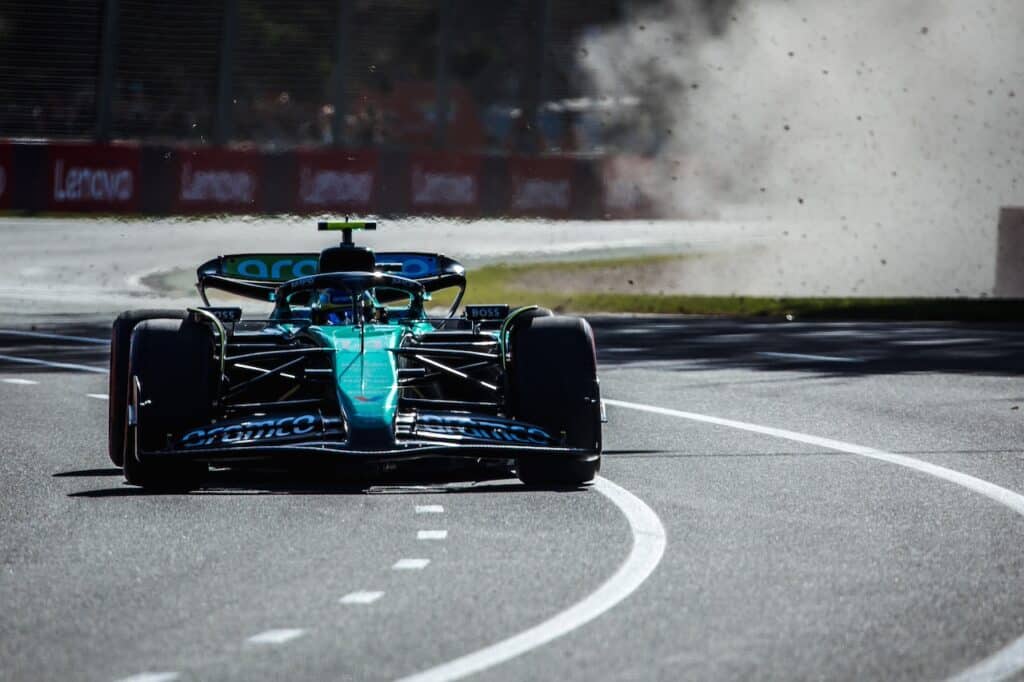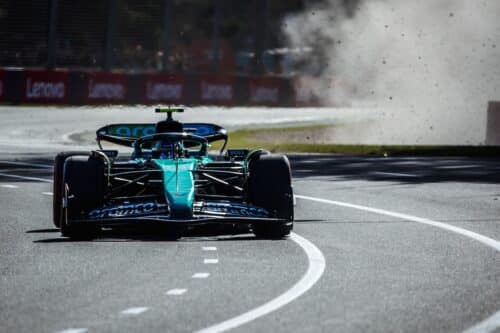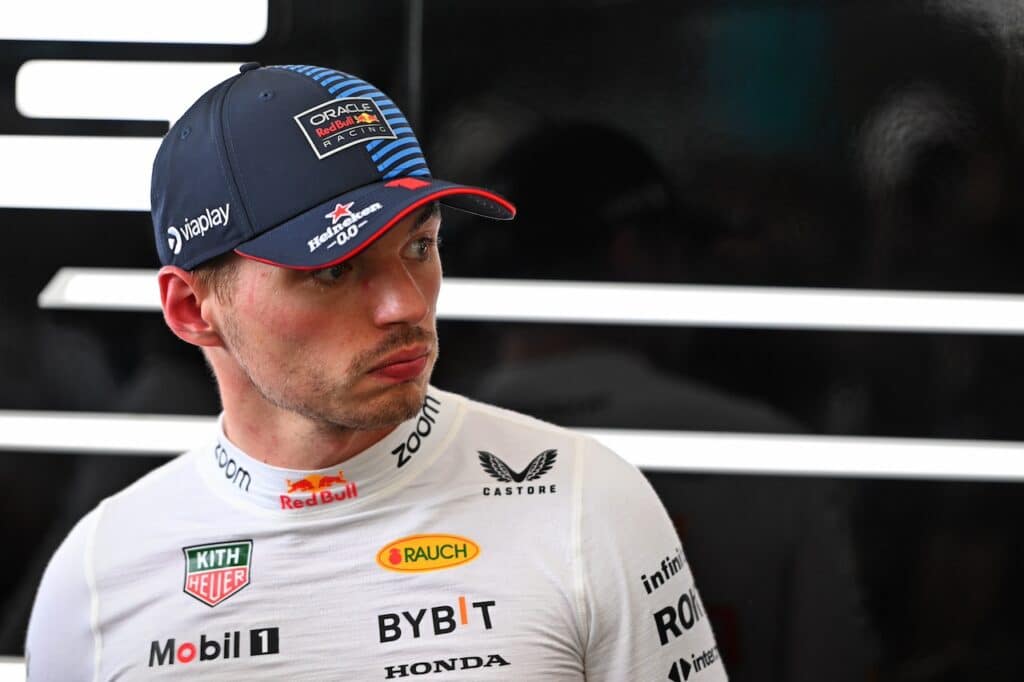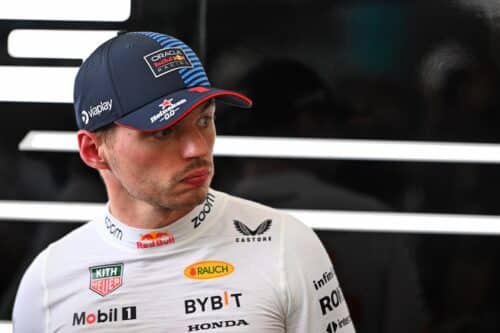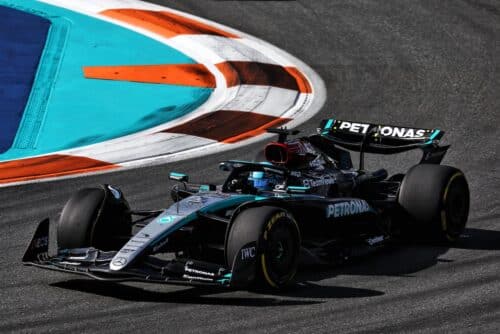GP Australia: preview and weekend times
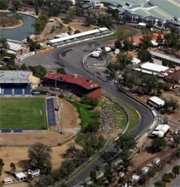
Formula 1 starts again! Next weekend the first Grand Prix of the 2009 season will be held, the sixtieth in the history of this sport. This year too, as has happened since 1996, Australia is leading the way, on the Albert Park circuit in Melbourne, capital of the state of Victoria.
It is worth taking a step back to last November 2nd: on the Interlagos circuit, Lewis Hamilton, the standard bearer of McLaren, became world champion for the first time in his career, becoming the youngest champion in the history of Formula 1, beating Felipe Massa right at the wire, at the end of a heart-pounding race: when everything seemed over, in fact, the rain messed up the cards, sending Hamilton to sixth position, while Massa was on his way to the title. The Englishman grabbed the world title at the last corner, overtaking Glock, literally freezing the screams of joy in the Ferrari drivers' throats. However, Ferrari managed to win the constructors' laurel for the sixteenth time in its history.
The 2009 season sees the cancellation of two Grands Prix: that of France and that of Canada. The Abu Dhabi Grand Prix enters the calendar, on the Yas Marina street circuit. The Singapore night event has been confirmed after last year's great success. However, the teams are putting pressure on Ecclestone to restore at least one race in North America from next year, a very important market for car manufacturers. The legendary Suzuka track returns to the calendar, where the Japanese Grand Prix will take place in all odd-numbered years (in even-numbered years it will go to Fuji). Chinese Grand Prix moved to April and the Turkish one to June.
Full of new features, the season that is about to begin marks the most radical mix-up of the rules for at least twenty years! The big regulatory innovation is undoubtedly represented by the welcome return of slick tyres, abandoned at the end of 1997. The new tires should make overtaking easier by allowing greater grip for the cars, in fact the deposit of rubber shavings on the sides of the ideal trajectory should be minimized.
Radical changes also regarding aerodynamics: the cars will be free of all those wings, fins and appendages that characterized cars in recent years. In short, let's get used to machines with cleaner and less sophisticated lines. The front wing will be wider, going from 140 to 180 centimetres, with a height from the ground reduced to 5 centimetres. The rear wing will be higher and narrower: 75 centimeters wide and 95 centimeters high from the ground. Drivers will be able to electronically adjust the front wing angle by up to six degrees, no more than twice per lap, and some body components have been standardized. The purpose of these changes is above all to guarantee greater road holding in the slipstream, a truly great problem of modern Formula 1. It is expected that in this way overtaking and entertainment will be favored.
Another great innovation is the introduction of the KERS system, acronym for Kinetic Energy Recovery System (Kinetic Energy Recovery System), a component that allows energy to be accumulated during braking and then released during acceleration upon request of the pilot. for example to overtake or to defend against an attack. However, it is a non-mandatory component (it will be so starting from 2010).
This winter Formula 1 also had to face the global economic crisis which caused serious damage to the automotive industries all over the world, and so the FIA and FOTA (the association chaired by Montezemolo which brings together the teams) agreed to introduce heavy regulatory restrictions aimed at significantly reducing costs. Starting from the Monday preceding the weekend of the Australian Grand Prix, private tests will be prohibited for the whole year, the free practices on Friday therefore take on crucial importance, they will practically be the only moments in which the teams will be able to test their cars. With strong limitations introduced on the use of wind tunnels, simulators will become increasingly important. Extended engine life, from this year an engine will have to last for three grand prix and over the course of the entire year each driver will have a total of eight engines at his disposal, whose rotation speed has been lowered from 19.000 to 18.000 rpm per minute. And further changes already announced for 2010 such as the abolition of tyrewarmers, supplies and the standardization of some components of the single-seaters.
Despite good intentions to reduce costs, the crisis still claimed its victims: in fact, at the beginning of last December, Honda announced its withdrawal from the top automotive series. For several weeks there have been rumors of possible buyers, until a few weeks ago when Ross Brawn announced that he had taken over the team, keeping the ex-Honda riders and using engines supplied by Mercedes. The new team takes the name of the owner: Brawn GP. Force India also chose to rely on Mercedes engines, leaving Ferrari ones.
As for the teams, not much has changed compared to 2008: Vettel joined Red Bull while Buemi took his place at Toro Rosso. Bruno Senna's hopes of landing in Formula 1 are over.
As regards the sporting regulations, just a few days ago a tough battle took place between the FIA and FOTA: at the beginning of March the teams had proposed to the FIA the adoption of a new scoring system which would assign 12 points to the winner, 9 to second, 7 to third, 5 to fourth and so on. However, during the World Council meeting on March 17th, the FIA rejected this proposal, introducing a system similar to the one proposed by Ecclestone last November, in practice the world championship would go to whoever won the most races. It all seemed over when here's the twist: on the afternoon of Friday 20 March FOTA made it known that it considers the FIA's decision invalid as it was taken less than twenty days before the start of the world championship. The FIA immediately said it was willing to postpone the introduction of the new system until 2010. Barring further twists and turns, therefore, the scoring system for the 2009 season remains the same as in other years.
The Federation has also approved rules aimed at bringing fans closer to the drivers, who will be obliged to speak to journalists immediately after qualifying, in the race immediately after a retirement and at the end of the race (with the exception of the top three expected in the press room). .
Bridgestone remains the sole supplier of tires with one innovation: the Japanese company will continue to supply two types of compounds at each race, but unlike what happened in previous years the two compounds chosen will not be contiguous (supersoft/soft, soft/ medium, etc...) but well differentiated in order to better highlight the differences between the various tyres, the obligation to use both compounds during the race remains. There is also news regarding the Safety Car: refueling will once again be permitted even during the first lap of the safety car on the track, but the driver will have to respect a minimum return time. Everything will be managed thanks to the standard electronic control unit.
Speaking in detail about the first race, let's start by saying that it will be the twenty-fifth Australian Grand Prix, the fourteenth edition in Melbourne, the other eleven were held on the Adelaide street circuit. When the Australian race was hosted by Adelaide, it represented the closing of the world championship season. It is impossible to forget the 1986 edition, which was decisive for the title: three drivers arrived in Australia with the possibility of winning the world championship, the great favorite Mansell was hit by bad luck, punctured a tire and paved the way for Prost who he imposed on Piquet, thus winning the world championship crown. Also noteworthy is the 1991 edition which will be remembered as the shortest race in the history of Formula 1, interrupted after just twenty-five minutes due to heavy rain. The 2001 edition was tragic, which saw the death of a course marshal due to debris caused by the contact between Jacques Villeneuve and Ralf Schumacher. Last year's race was crazy with repeated appearances of the Safety Car, bad mistakes by the Ferrari drivers, who were then betrayed by their reliability, and various accidents. Lewis Hamilton took the victory.
Since the Grand Prix has been held in Melbourne, it has always marked the start of the season, except in 2006, when due to the Commonwealth Games, the race was moved a few weeks.
Albert Park is located right next to the ocean in the beautiful residential area of Santa Kilda, one of Melbourne's most luxurious neighbourhoods. However, the presence of the top series is not welcomed by everyone: in fact, there is never a shortage of protests from environmentalists who contest the fact that a Formula 1 race is being held in a park of great natural value.
The results of this Grand Prix must be taken with a pinch of salt: the hierarchies are never well defined, we are still in the "running in" phase, only from Barcelona will we be able to begin to get an idea of the real values of the various contenders, and above all there is no shortage of almost never accidents. The risk of rain should not be underestimated, and should be considered even more this year given that the race has been moved forward by a few weeks and in Australia we are practically at the beginning of Autumn. Grip is very poor, especially during the first days of free practice, and the falling leaves from the trees on the side of the track is undoubtedly a problem. The absolute unpredictability of this race is also confirmed by the roll of honor which sees six different winners in the last six years.
The program of the inaugural weekend has undergone some changes, given the clear refusal of the organizers to hold a race at night, everything has in fact been moved forward by a few hours in order to allow the European public to enjoy more favorable times , so goodbye to getting up at night.
The circuit measures 5,303 km, 58 laps will be covered for a total distance of 307,574 km. The lap record is 1:24.125 (M Schumacher 2004). There are 16 corners, 10 on the right and 6 on the left. The record of victories belongs to Michael Schumacher (4 successes), while among the teams McLaren leads with nine successes. Bridgestone has announced that for this Grand Prix it will supply supersoft and medium specification compounds.
This year too, all the world championship events will be produced and managed by F1Digital+, Bernie Ecclestone's television structure, which last November reached an agreement with the South Korean telecommunications multinational LG which will take care of the television graphics and data information and times of individual cars. The FOM also announced that more data regarding strategies, pit stops, fuel loads will be accessible to the public and all radio communications between drivers and the pit wall will be available. The television appointments have been confirmed both on Sky Sport, which will follow all the free practice sessions, qualifying and races live, and on RAI, the state TV, which will broadcast the qualifying and races live.
Drivers, team managers, mechanics and professionals are already in Australia to finalize the final details of the first Grand Prix of the season. The winter tests reserved notable surprises with the newborn Brawn GP which stood out by setting times unattainable for its rivals, BMW also doing very well, slightly behind Ferrari, whose managers said that the team's main concerns concern reliability. However, the alarm sounded in Woking, both Haug and Withmarsh did not hide their concern for the absolutely not encouraging data that came from the tests, McLaren was constantly the slowest despite the great work of the technicians. Hamilton, however, intends to fight and reconfirm himself as champion. The Ferrari fans expect a lot from Massa and hope to find Raikkonen again, the protagonist of a terrible season last year.
In short, we just have to wait until March 29th to dive into a new, exciting and hopefully spectacular Formula 1 season!
And don't miss consulting F1GrandPrix.it which will keep you updated as always with real-time news so you don't miss a single minute of the 2009 season!
Domenico Della Valle
Golden Dawn
01. 1985 K Rosberg – Williams Honda
02. 1986 A Prost – McLaren TAG
03. 1987 G Berger – Ferrari
04. 1988 At Prost – McLaren Honda
05. 1989 T Boutsen – Williams Renault
06. 1990 N Piquet – Benetton Ford
07. 1991 At Senna – McLaren Honda
08. 1992 G Berger – McLaren Honda
09. 1993 At Senna – McLaren Ford
10. 1994 N Mansell – Williams Renault
11. 1995 D Hill – Williams Renault
12. 1996 D Hill – Williams Renault
13. 1997 D Coulthard – McLaren Mercedes
14. 1998 M Hakkinen – McLaren Mercedes
15. 1999 E Irvine – Ferrari
16. 2000 M Schumacher – Ferrari
17. 2001 M Schumacher – Ferrari
18. 2002 M Schumacher – Ferrari
19. 2003 D Coulthard – McLaren Mercedes
20. 2004 M Schumacher – Ferrari
21. 2005 G Fisichella – Renault
22. 2006 F Alonso – Renault
23. 2007 K Raikkonen – Ferrari
24. 2008 L Hamilton – McLaren Mercedes
These are the Australian Grand Prix times
Friday 27 March
12-30 (14-00) Free Practice 02 – Live on Sky Sport 30
16-30 (18-00) Free Practice 06 – Live on Sky Sport 30
Saturday March 28
14-00 (15-00) Free Practice 04 – Live on Sky Sport 00
17:00-18:00 (07:00-08:00) Qualifying – Live on Sky Sport 2 and Rai Due
Sunday March 29
17:00 (08:00) Race – Live on Sky Sport 2 and Rai Uno
The times in brackets concern Italy. 10 hours time difference (9 hours from day 29).
if you want to always be updated on our news
Follow us here
